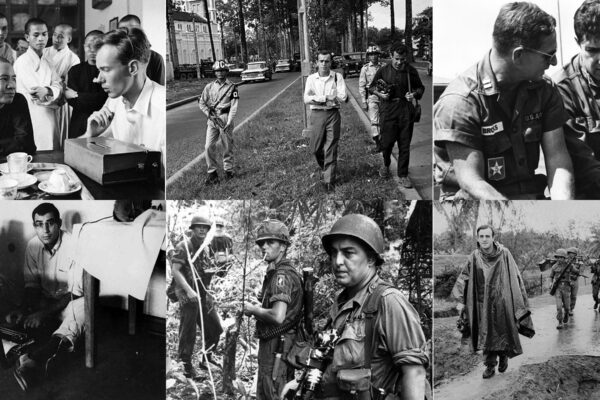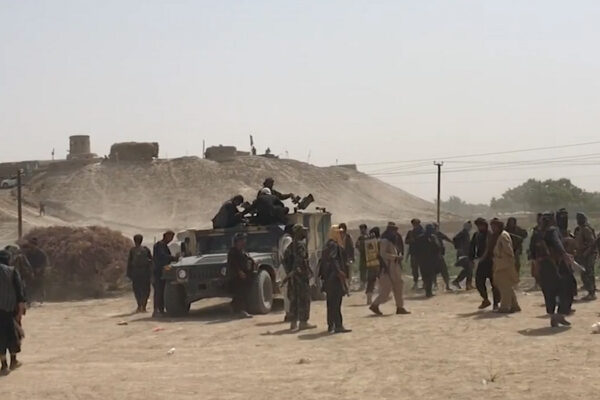Richard Chapman is a senior lecturer in film and media studies in Arts & Sciences at Washington University in St. Louis. He is producer of the HBO feature “Live from Baghdad,” about reporting during the Gulf War; and “Dateline Saigon,” a documentary about journalism during the early years of the Vietnam War.
Rick and Ilsa, “Casablanca’s” ill-fated lovers, will always have Paris. Uncle Sam will always have Kabul. And Saigon. And Baghdad. And a few other “gin joints … in all the world,” from Sarajevo to Somalia to the Bay of Pigs.
In the long-running tragedy of American foreign entanglements, Uncle Sam has become less a hapless romantic idealist and more a cynical “love ’em and leave ’em” serial abuser who winds up on the short end of his own … petard.
The unhappy endings always play out on embassy rooftops and tarmacs under fire, with the spurned lovers clinging to helicopter struts or chasing taxiing cargo planes. Uncle Sam’s commitment issues always result in loss of life and credibility in the eyes of the world — a world now watching 24/7, through the relentless gaze of an unforgiving Greek chorus of correspondents, news anchors and their gaggle of panelists.
The two longest relationships, Vietnam (18 years) and Afghanistan (20), actually qualify as common-law marriages, with Sam reluctantly assuming custody of the thousands of refugees who were promised bright futures of liquor store ownership or chasing today’s American dream in an Amazon distribution center.

This week’s split-screen imagery of the Saigon and Kabul embassies brings easy black-and-white comparisons, but when you listen to someone who was there, the picture becomes tinged with a hazy gray. On April 29, 1975, legendary journalist Peter Arnett stood beside Hugh Van Es as the Dutch photographer created his iconic photo of a helicopter rescuing people from a Saigon rooftop. But in his eulogy for Van Es, Arnett pointed out that the photo — widely believed to depict the U.S. embassy — actually shows an apartment building that housed CIA staff.
As Arnett wrote in The New York Times in 2005: “One of the best-known images of the Vietnam War shows something other than what almost everyone thinks it does.” So, when we look at this week’s footage of what appear to be two bodies tumbling out of that cargo jet, let’s not jump to conclusions.
The French, whose disastrous affair with Vietnam also ended messily, remind us plus ca change, plus c’est la meme chose — the more things change, the more they remain the same. Uncle Sam would do well to remember that the next time he falls in love. Or maybe the old guy should just admit he’s getting too old for Tinder.



